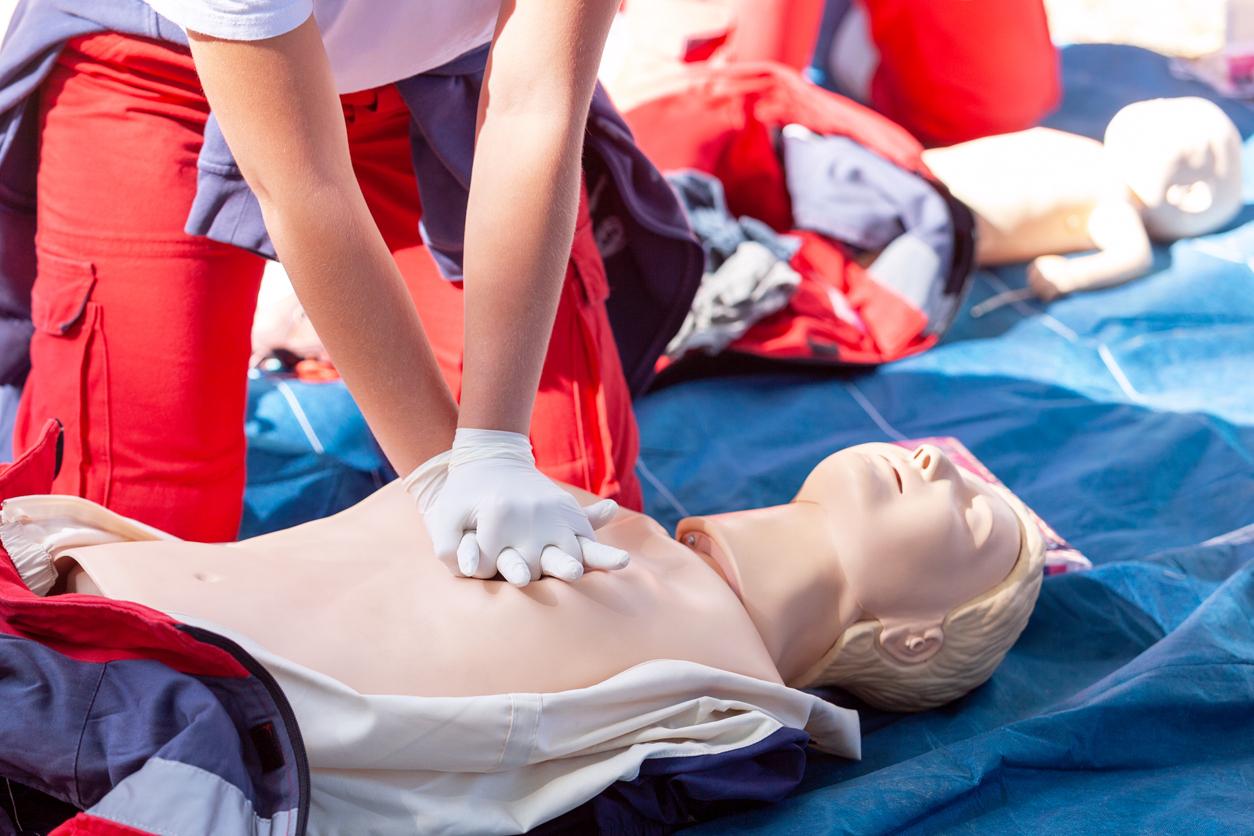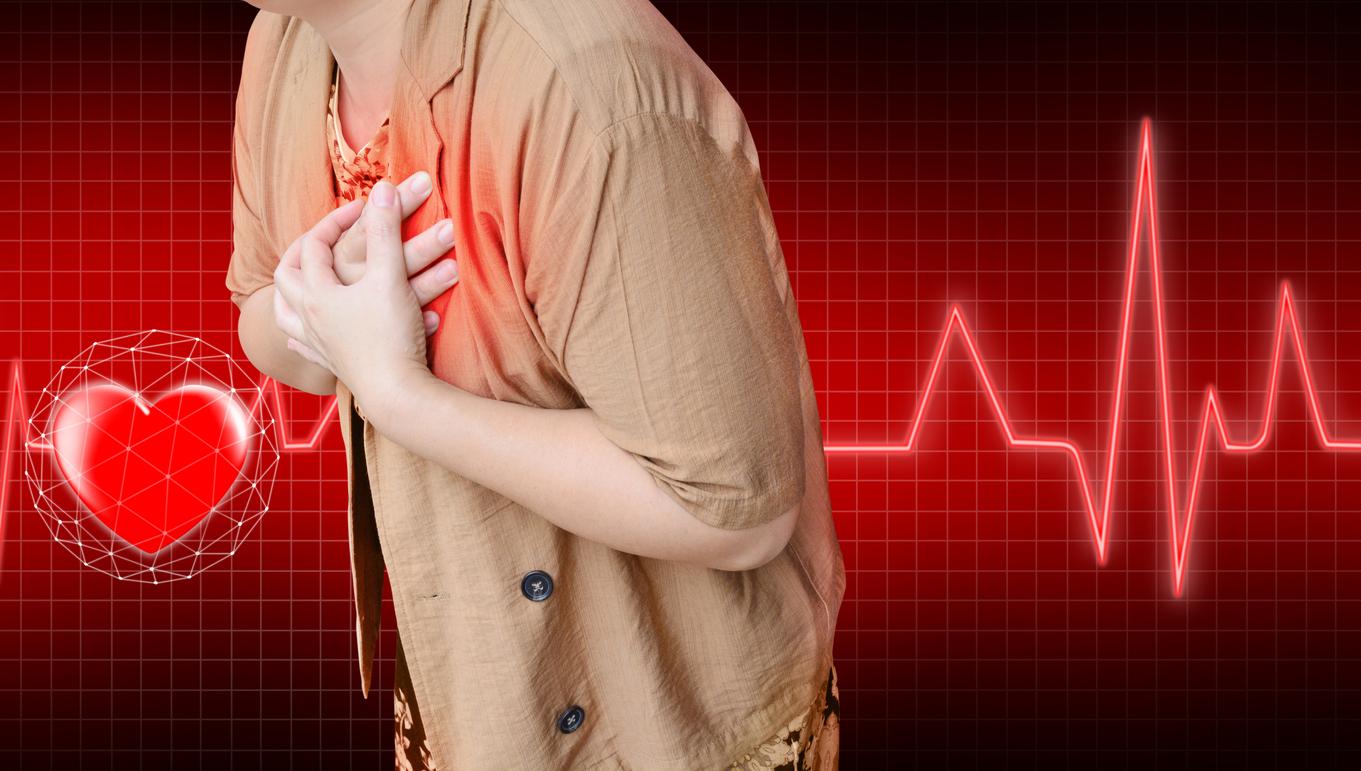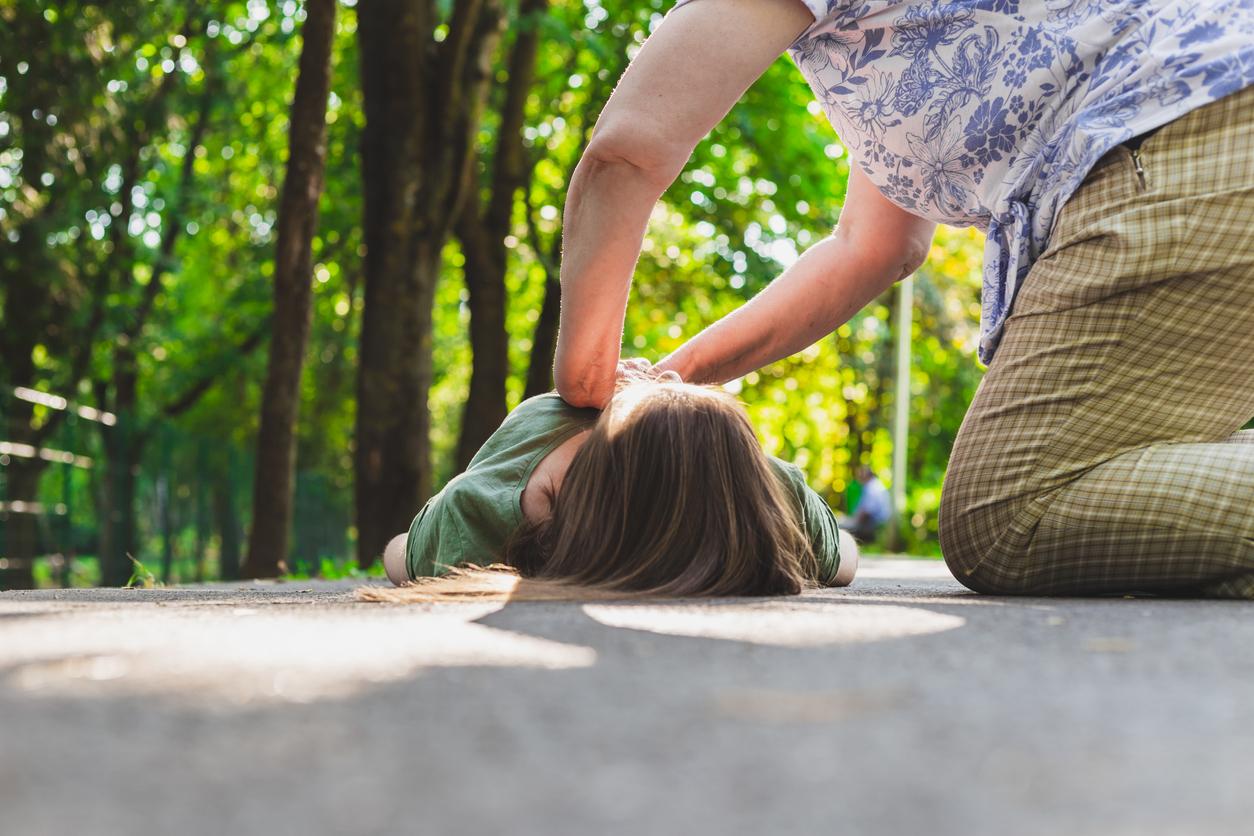While a new plan to fight against falls among the elderly has just been made public, Célia Rich, educational director of Lifeaz, a French start-up hosting a platform for raising awareness of first aid gestures, explains to us how their assist.
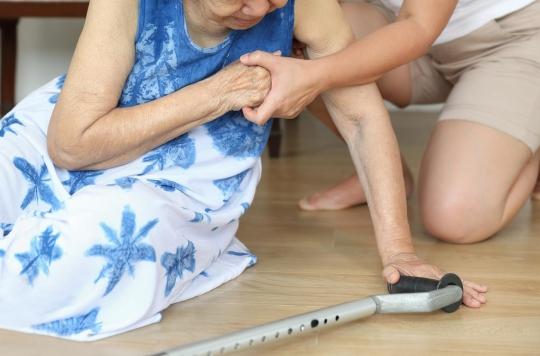
- The government unveiled its plan on Monday to limit falls among the elderly with the aim of reducing them by 20% within three years.
- Every year in France, 10,000 of them die because of a bad fall, according to the Ministry for Autonomy.
Why doctor – What are the main accidents of which the elderly can be victims?
Celia Rich – The elderly can be especially victims of falls, choking and cardiac arrests. This is a particularly fragile category of the population, for whom any everyday object, such as a carpet, can prove to be dangerous. Our elders can also have communication problems about their ailments, in particular because of deafness. You must therefore be particularly vigilant.
In the event of a fall of an elderly person, what do you recommend?
In the event of a fall, especially if the victim complains of pain in the neck or the nape of the neck, he must be asked to remain in the position in which he is and above all not to move. I then recommend alerting the emergency services, by dialing either 15 or 18.
What about choking?
When dysfunction is observed during a meal or snack, it is first important to ask the elderly person if they are choking. If it is a partial obstruction, she will be able to respond: you must then invite her to sit down and cough to promote the expulsion of the foreign body. If the piece of food does not come out, I recommend seeking medical advice by calling 15, who will send a carer on site to intervene.
If it’s a severe obstruction, then the victim won’t be able to speak at all. In this case, it is necessary to give up to five slaps on the back and, if that does not work, to increase to five abdominal thrusts following the Heimlich method. I recommend alternating the two actions until the object that prevents breathing comes out.
What about cardiac arrest?
It must already be recognized: if the elderly person is no longer breathing and is unconscious, he is very likely to have a cardiac arrest. It is then necessary to react as quickly as possible, in three stages:
1/ Alert the emergency services, so that they can guide you over the phone.
2/ Start cardiac massage to artificially maintain blood circulation in the body and limit brain damage.
3/ Use a defibrillator to resynchronize the electrical activity of the heart.
I take this opportunity to point out that cardiac arrests do not only affect very old people: the average age of victims is 60 years old.
Are the French sufficiently trained in the gestures that can save an elderly person?
No. Today, 50,000 people in France die prematurely from cardiac arrest, with a survival rate of only 5%: that’s three times more than road accidents. In Seattle, where the authorities have massively trained residents in first aid, the survival rate for this type of accident is 60%.
Where can you most easily train in first aid gestures?
In associations such as the Red Cross or Civil Protection, or on our Everyday Heroes training platform.
.







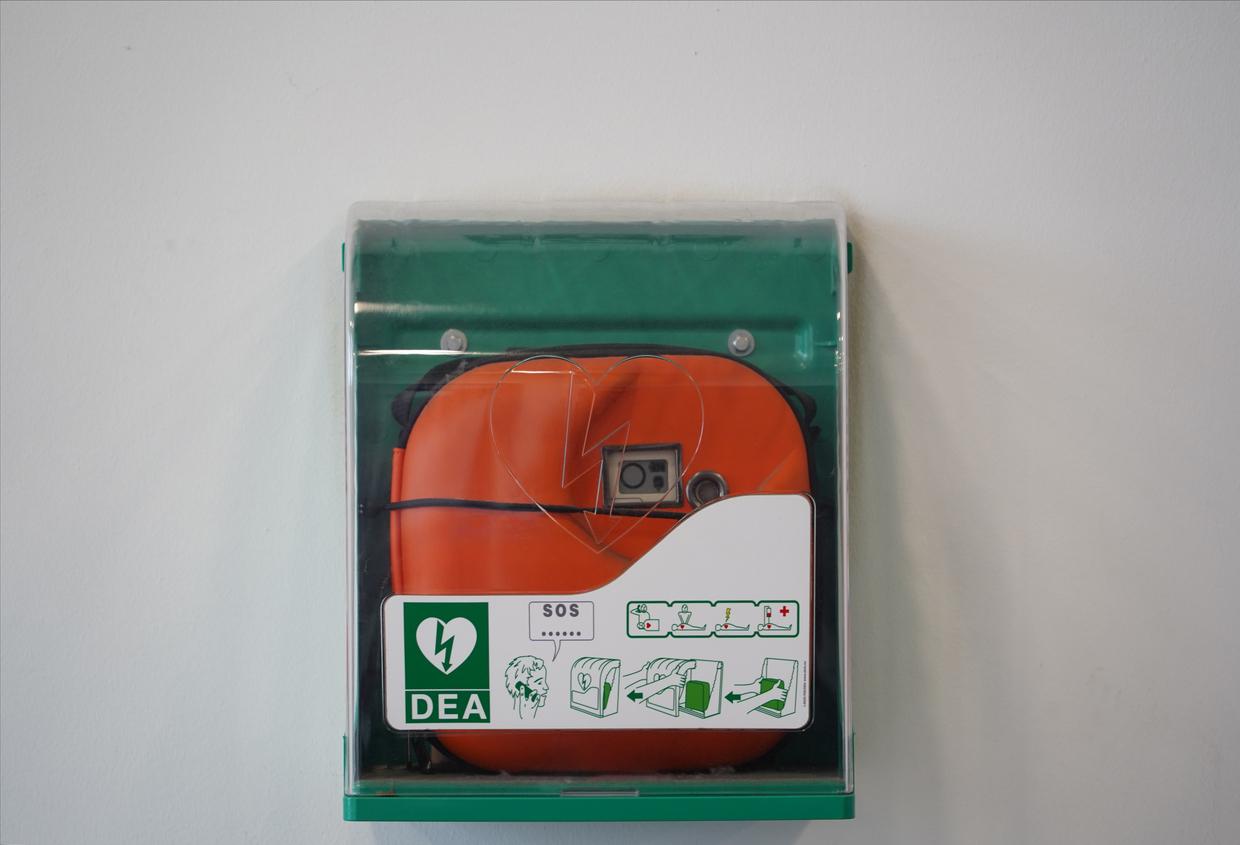
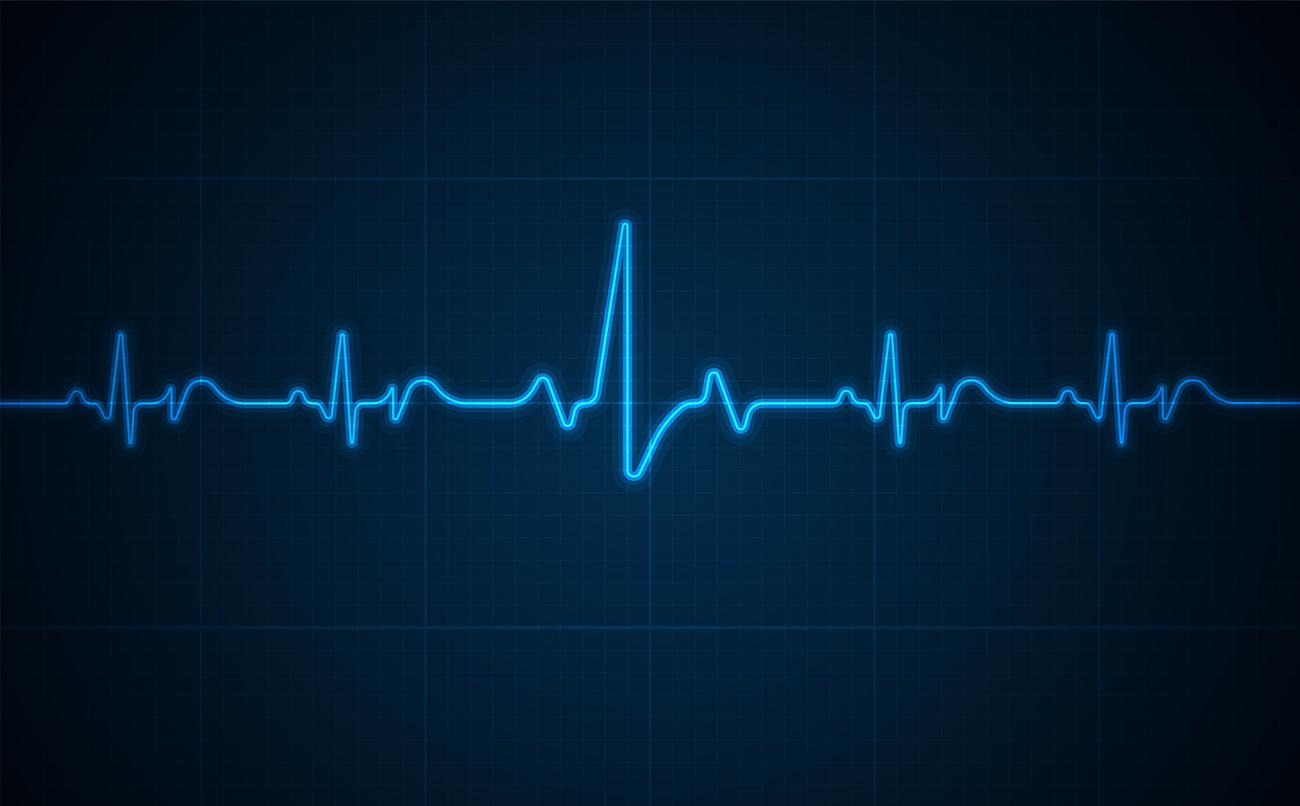

-1708094208.jpg)
